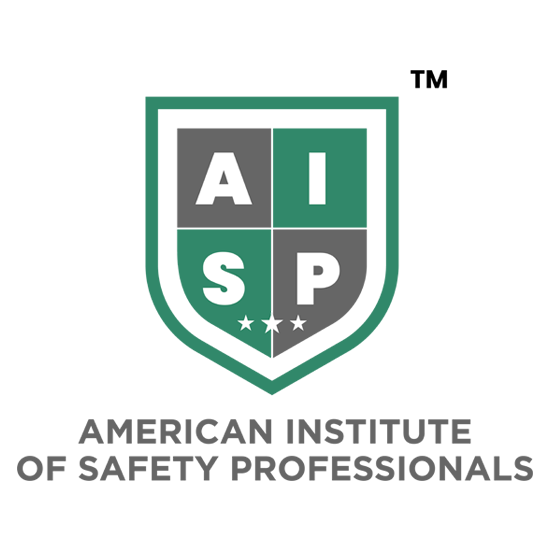When it comes to fall protection, training, and education are
paramount to ensuring the safety of workers in industries where fall hazards
exist. Proper training equips employees with the knowledge and skills needed to
identify potential risks, understand fall protection equipment, and implement
safe work practices. In this blog post, we will discuss best practices for fall
protection training and education to help employers create a culture of safety
and prevent fall-related accidents in the workplace.
Comprehensive Training Programs
Effective fall protection training begins with a
comprehensive program that covers all aspects of fall hazards, prevention, and
protection. The training should include the following key components:
- Identification
of fall hazards specific to the workplace, such as unprotected edges,
openings, ladders, or elevated work areas.
- Understanding
the hierarchy of fall protection and the appropriate use of passive and
active fall protection systems.
- Familiarization
with various fall protection equipment, including harnesses, lanyards,
anchor points, and lifelines.
- Proper
selection, inspection, fitting, adjustment, and use of fall protection
equipment.
- Safe
work practices and procedures for working at heights, including proper
ladder usage, scaffolding, and elevated work platforms.
- Emergency
response procedures, including rescue and first aid protocols in the event
of a fall.
A comprehensive training program should be tailored to the
specific industry, tasks, and work environments of the employees. It should be
conducted by qualified trainers who have expertise in fall protection and can
effectively deliver the necessary information.
Hands-On Practical Training
In addition to theoretical knowledge, hands-on practical
training is essential for ensuring that employees can apply their learning in
real-world situations. Practical training sessions should include:
- Demonstrations
of proper equipment use, including how to properly don and adjust
harnesses, connect lanyards, and utilize anchor points.
- Simulated
scenarios that allow employees to practice working at heights, navigating
potential fall hazards, and responding to emergencies.
- Training
on proper inspection and maintenance of fall protection equipment,
including identifying signs of wear or damage.
By providing hands-on practical training, employees gain
valuable experience and develop the necessary skills to mitigate fall hazards
effectively.
Ongoing Refresher Training
Fall protection training should not be a one-time event. It
is important to conduct regular refresher training sessions to reinforce
knowledge, address any changes in regulations or equipment, and update
employees on best practices. Ongoing training ensures that employees remain
up-to-date with the latest industry standards and continue to prioritize safety
in their day-to-day work.
Tailoring Training to Different Roles
Different job roles within an organization may have varying
levels of exposure to fall hazards. Tailoring training to specific roles
ensures that employees receive the relevant information they need to stay safe.
For example:
- Supervisors
and managers should receive additional training on conducting thorough job
site assessments, enforcing safety protocols, and monitoring compliance
with fall protection measures.
- Employees
who frequently work at heights, such as roofers or construction workers,
may require specialized training specific to their tasks, including
advanced techniques for working safely at elevated locations.
By tailoring training to different roles, organizations can
address the specific needs and challenges faced by each group, ensuring a
higher level of safety across the board.
Engaging and Interactive Training Methods
To enhance the effectiveness of fall protection training, it
is crucial to use engaging and interactive training methods. Passive learning
through lectures or videos may not effectively capture employees' attention or
facilitate knowledge retention. Instead, incorporate the following interactive
elements into training programs:
- Group
discussions and case studies to encourage active participation and shared
experiences.
- Hands-on
equipment demonstrations and practice sessions to enhance understanding
and proficiency.
- Interactive
e-learning modules or virtual reality simulations allow employees to
immerse themselves in realistic scenarios.
Engaging in training methods helps employees better grasp concepts, retain information, and develop a safety-conscious mindset.
Documentation and Recordkeeping
Maintaining accurate documentation and records of fall
protection training is essential for compliance, accountability, and future
reference. Document the details of each training session, including the topics
covered, participants' names, dates, and any assessments or certifications
obtained. Keep track of refresher training sessions and update records
accordingly. These records serve as proof of training compliance and can be
used as a resource for auditing and continuous improvement purposes.
Conclusion
Fall protection training and education are crucial
components of creating a safe work environment and preventing fall-related
accidents. By implementing comprehensive training programs, incorporating
hands-on practical training, conducting regular refresher sessions, tailoring
training to different roles, using engaging methods, and maintaining detailed
records, employers can ensure that their employees are equipped with the
knowledge and skills to protect themselves and others from fall hazards.
Investing in effective training and education not only reduces the risk of
accidents but also fosters a safety culture where employees prioritize their
well-being. Prioritize fall protection training, and together we can make
workplaces safer for everyone.












0 comments
No Comments